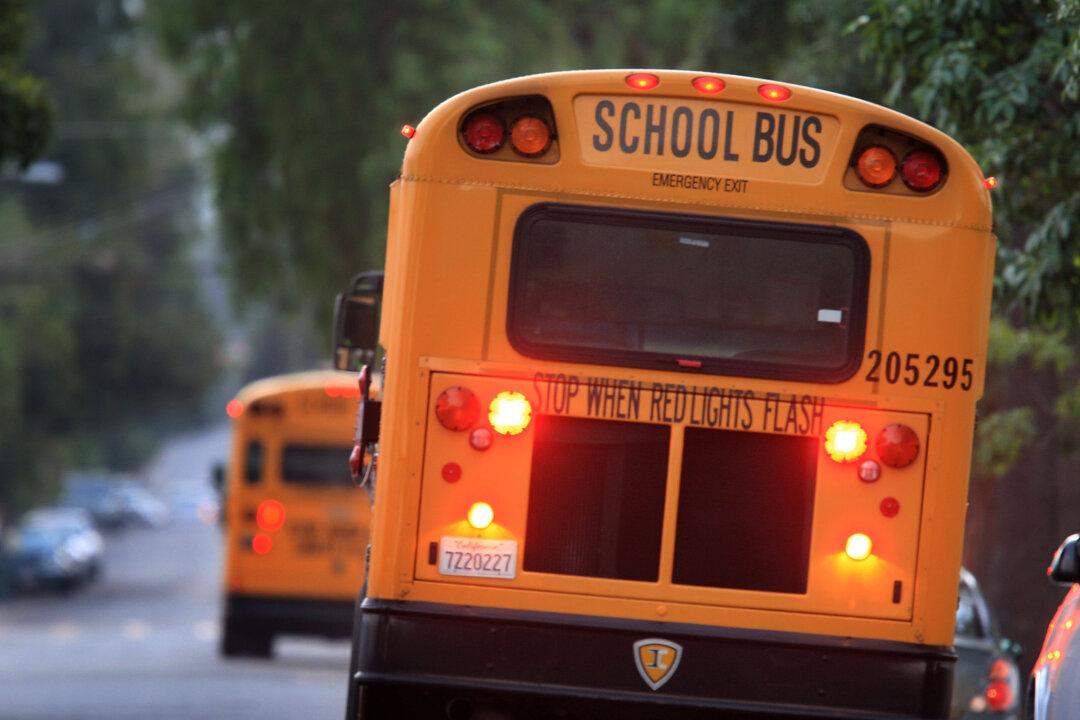Commentary
In France, no public school or government institution asks a student or an employee his or her race, gender, religion, or ethnicity. It’s illegal. “Laïté”: complete separation of church and state.

In France, no public school or government institution asks a student or an employee his or her race, gender, religion, or ethnicity. It’s illegal. “Laïté”: complete separation of church and state.